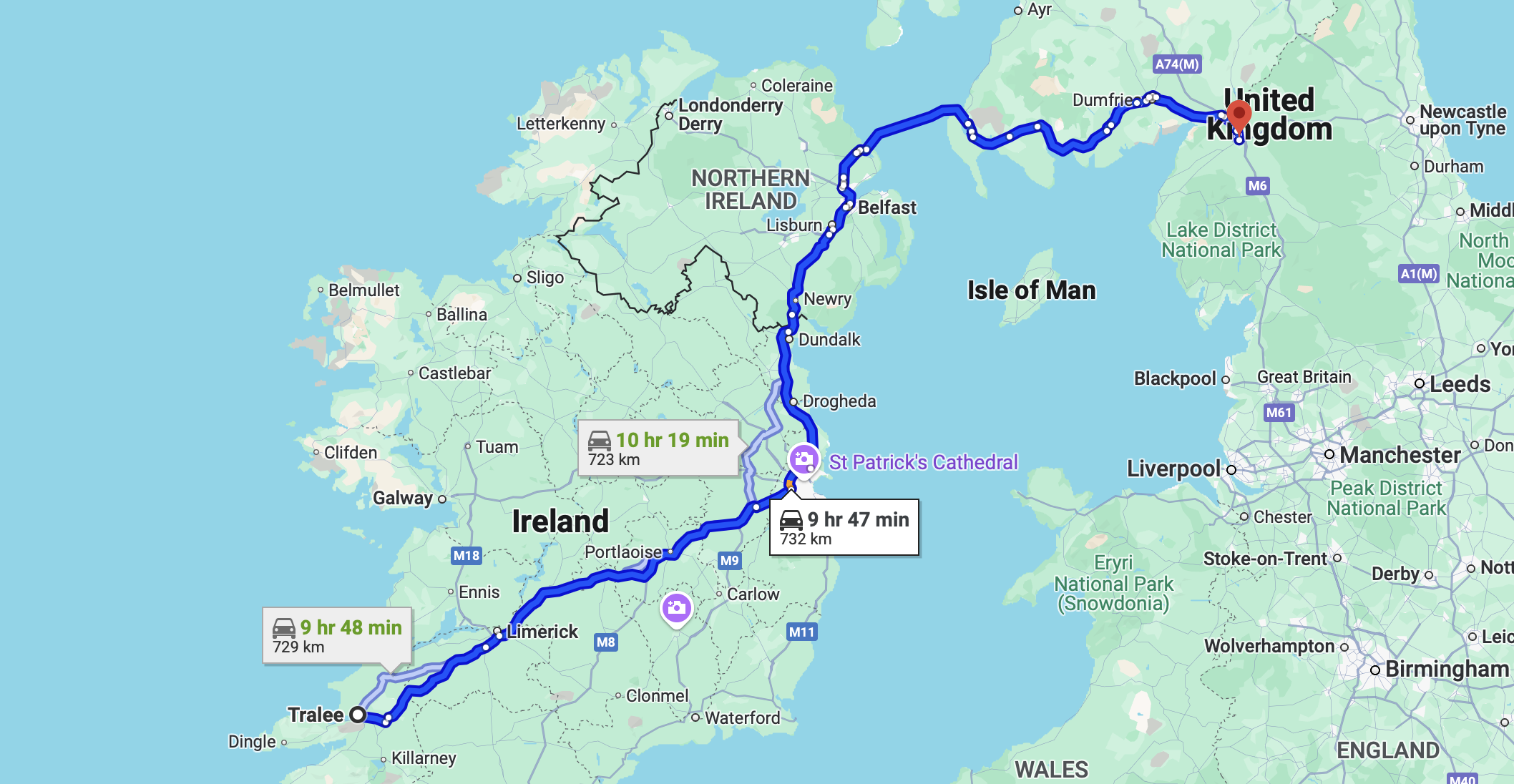Handicaps in Horse Racing Explained
Most races in the UK and Ireland are handicap contests, so understanding how the handicap system works is vital to knowing how to select winners.
It can seem complicated at first, but this guide will simplify things and a quick read through will help you on your way to becoming a handicapper master!
If you’re looking for a bookmaker to place horse racing bets with, look no further than bet365. They are the industry leaders in best horse racing odds and new customers can claim the fantastic offer below!
What is a handicap?
Handicaps aim to put horses on a level playing field by having each horse carry a predetermined weight – in theory (only), the extra weight should lead to every horse finishing at exactly the same time.
The horses rating dictates what weight they will carry in that contest, with each class of race having a rating limit. For example, a Class 6 race may be marked as a 0-55 contest, which means no horse rated above 55 can enter.
If you’re looking for how we select out handicap winners, our racecard section has in depth analysis for most races each day.
How is a horse’s handicap mark decided?
Horses gain their handicap mark in two ways:
- Win a race
- Race three times
Once one of those conditions have been met, the horse can be assessed by the handicapper for their mark.
In exceptional circumstances, the handicapper may require the horse to race more than three times to receive a mark – for example, where it finishes so far behind the rest it is impossible to analyse.
How do handicaps work in horse racing?
For example, let’s say that these five horses are entered into our hypothetical, 0-60 handicap:
- Horse 1 – Rated 60 – 9st 12lb
- Horse 2 – Rated 59 – 9st 11lb
- Horse 3 – Rated 55 – 9st 7lb
- Horse 4 – Rated 53 – 9st 5lb
- Horse 5 – Rated 50 – 9st 2lb
The highest rated horse in the field carries the highest weight set by the rules of the race – in this case, 9 stone 12 pounds. Each horse then carries one pound less for every point their handicap rating is lower.
For example, Horse 2 is rated one pound lower than Horse 1, so it carries one pound less.
While in theory all horses should finish at exactly the same time, this obviously never happens. The handicap rating is the handicapper’s best guess at the current ability of a horse – they may be improving or regressing with age, or improve for a step up in trip or change in conditions.
Why are handicap ratings changed?
Handicaps are reconsidered by the handicappers every time a horse runs to ensure they are still accurate. They do this by increasing and decreasing ratings on a race by race basis for each horse. This is outlined below (in a very simple way):
- If a horse wins a race, it will be due a weights rise in the near future. Until that rise kicks in, the horse will carry a penalty.
- If a horse runs to near its rating, then its handicap mark will stay the same or close to the same.
- If a horse runs a poor race, the handicapper will reassess its mark and will consider reducing it
As you can see, handicaps can be a complex formula, and our how to pick winners’ guide explains in more detail about what to look out for in terms of a horses handicap mark.
What is a “handicap penalty”?
Handicaps are set in stone when horses are entered for a race – usually 5 days before. If a horse wins a race after this date, they’ll usually have extra weight added to penalise them; hence the term penalty.
The weight of the penalty differs depending on the rules of the race, as does the date after which they are applied. Winning some races may not even incur a penalty.
What does “ahead of the handicapper” mean?
As mentioned above, handicap ratings are set in stone several days before the event. Some horses may be assessed by the handicapper between the win and their next run under a penalty.
If the horse is raised by more than the penalty weight by the handicapper, then they are said to be “ahead of the handicapper” as they should technically be carrying more weight for their next race.
How are the Grand National weights decided?
The Grand National is unique in handicapping terms as handicap ratings are adjusted by the Head of Handicapping just for this one race.
This allows the handicapper to take into account the exceptionally hard stamina test and the unique fences, to prevent horses with extra experience or a particular liking for this test from being able to run off a lower handicap mark which has been earned at other different tracks.
What is a “long handicap”?
Also called “out of the handicap” – that means the horse is running off a handicap mark which is so far below the top rated horse in the race that they are below the minimum weight allowed for the race that their weight has been raised.
For example, if the minimum weight for a race is 8 stone 2 pounds, and a horse would be running off 7 stone 11 pounds based on their handicap rating, they will have to carry 8 stone 2 pounds.










